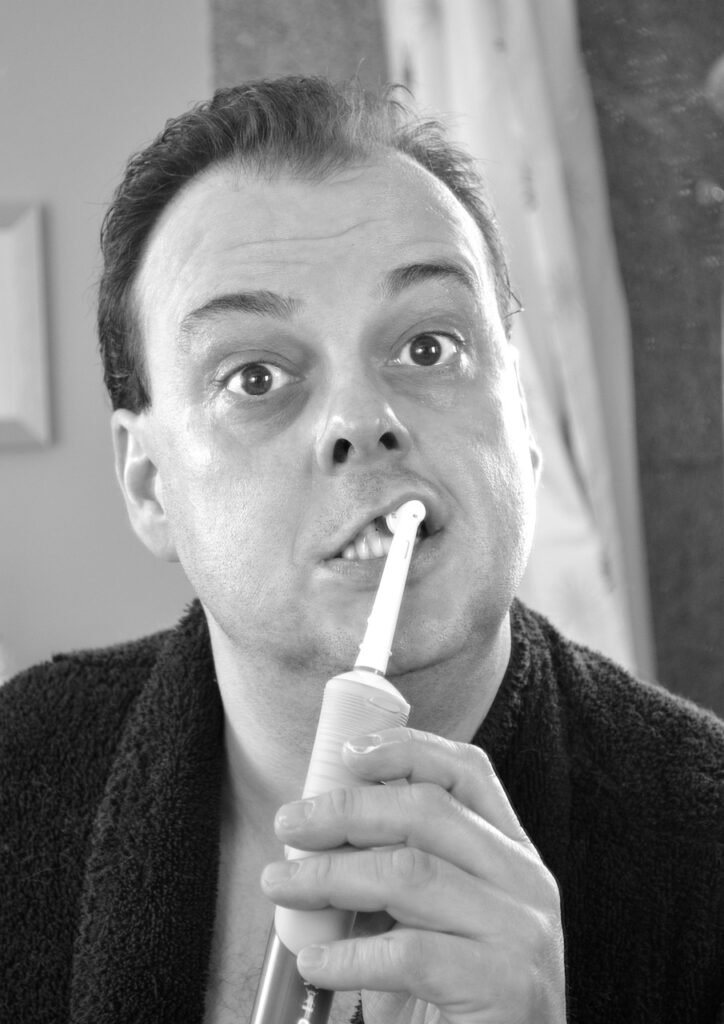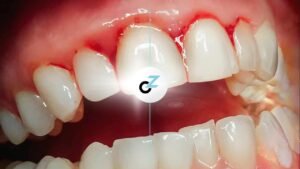The history of dentistry is fascinating and dates back to ancient times. While many cultures practiced rudimentary forms of dental care, the first recorded dentist in history was a man named Hesy-Ra, who lived in Ancient Egypt around 2700 BC. Hesy-Ra was described as a “dentist and physician” in ancient Egyptian inscriptions and is considered the first recognized dental professional.
At that time, dental care was quite primitive and involved the use of tools made from materials like copper and gold, as well as techniques for tooth extractions and treatment of simple problems like broken teeth. Though there were no modern advancements, the Egyptians already recognized the importance of maintaining oral health and used pastes and herbal compounds for tooth cleaning, as well as treatments for pain relief.

The Evolution of Dentistry Over the Centuries
Dentistry has evolved significantly over the millennia. During the Middle Ages, barbershops were commonly used for tooth extractions, as barbers were considered the closest professionals to surgical techniques. It wasn’t until the 18th century, with the advancement of scientific knowledge and the emergence of anesthesia techniques, that modern dentistry began to take shape.
Today, dentistry is a highly specialized medical field with various branches such as orthodontics, implantology, and periodontics. Additionally, advanced technology such as digital X-rays, lasers, and cosmetic treatments allows dentists to offer more effective and comfortable treatments for patients.

Interesting Facts About the History of Dentistry
- First Book on Dentistry: The first book on dentistry was published in the 16th century by Pierre Fauchard, considered the “father of modern dentistry.” His work, Le Chirurgien Dentiste, addressed dental treatments and was a key milestone in the development of the profession.
- Ancient Toothbrush: The first toothbrushes were made from animal bristles, such as boar hair, and had handles made of wood or bone. Today’s modern toothbrushes are made from plastic and synthetic bristles, but the basic design of the oral hygiene tool remains almost the same.
- The First Dental Cavity: Archaeological evidence suggests that the first dental cavities were found in fossils of hominids dating back around 5,000 years, indicating that dental problems have not been a concern solely of the modern era.
Conclusion
Dentistry has a long history that reflects humanity’s evolution in terms of knowledge and technology. From the times of Hesy-Ra in Ancient Egypt to today, oral care has become essential to overall health. However, despite all the innovations and advancements, the basic concept of caring for our mouth remains the same: daily hygiene and regular visits to the dentist are essential to ensure that our smile stays healthy for a lifetime.
Now that you know a bit more about the history of dentistry and the importance of oral care, remember that taking c





